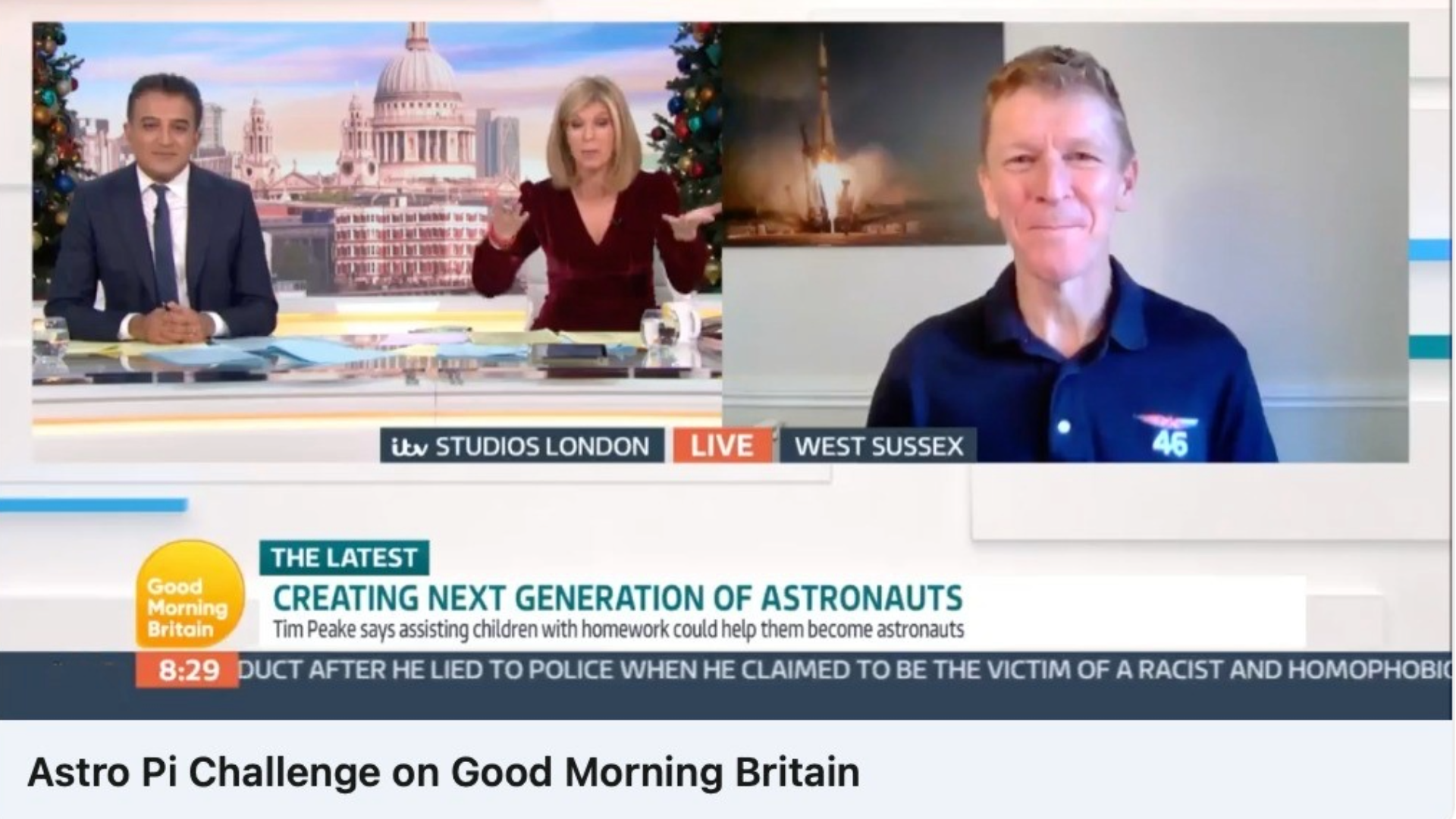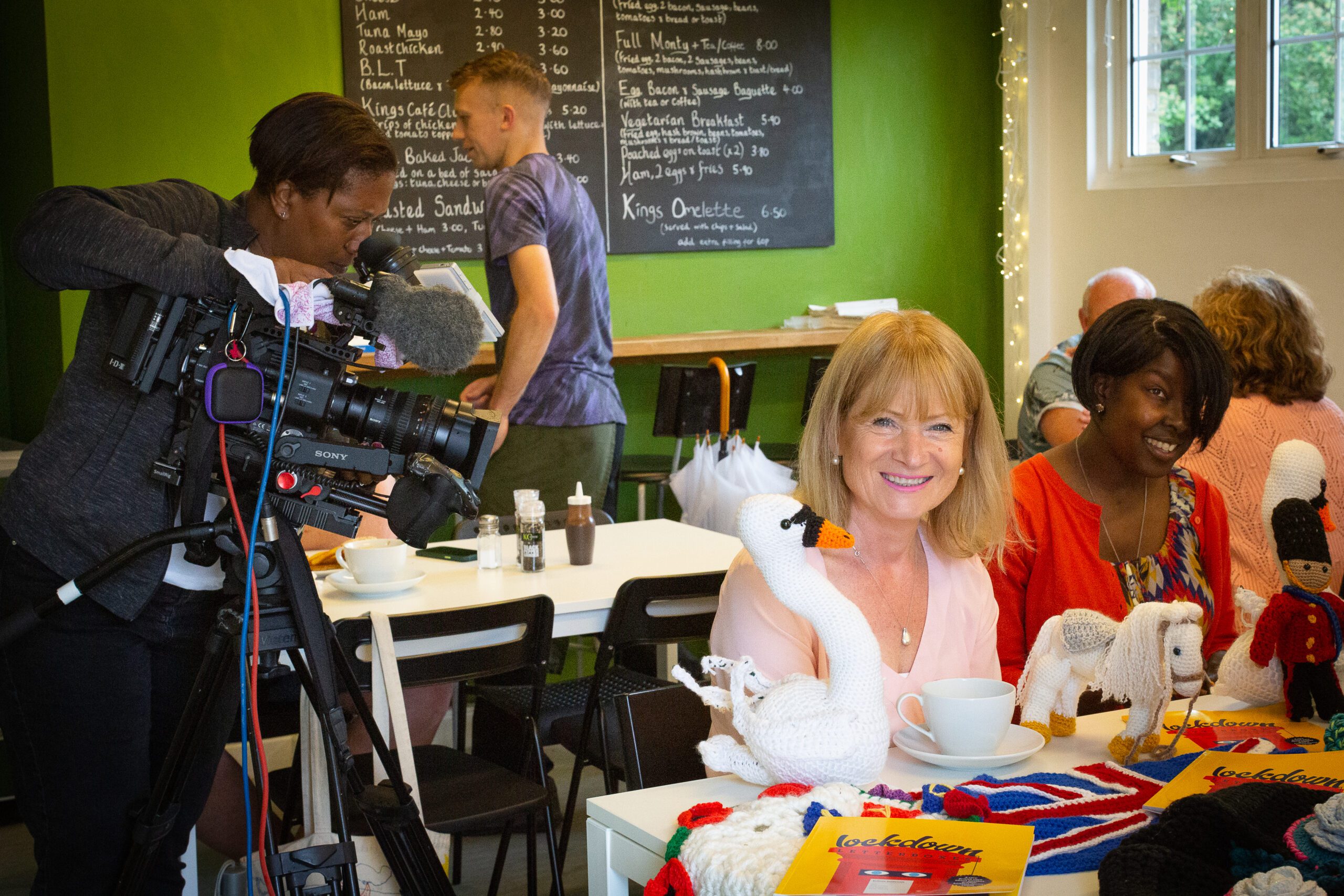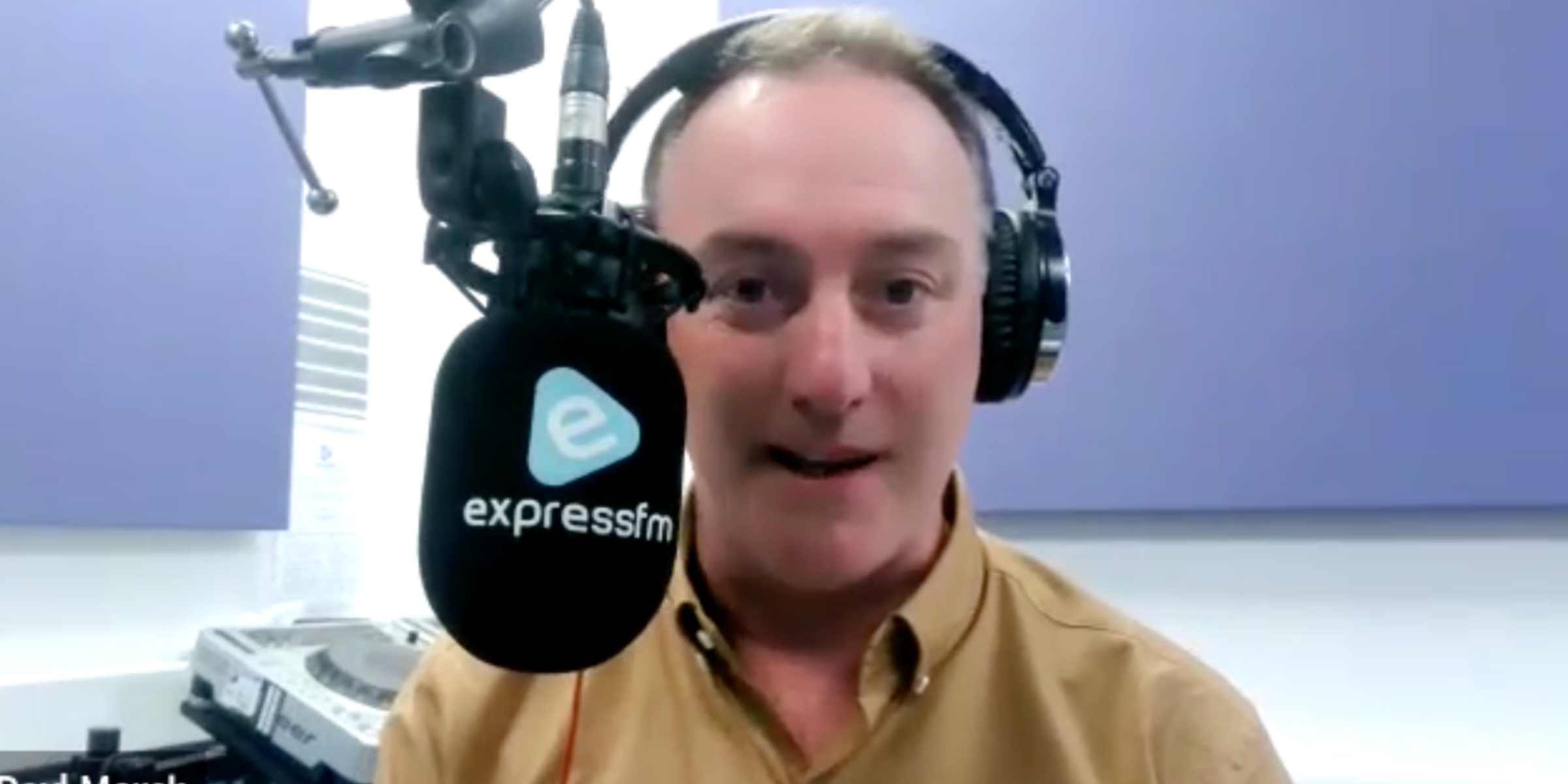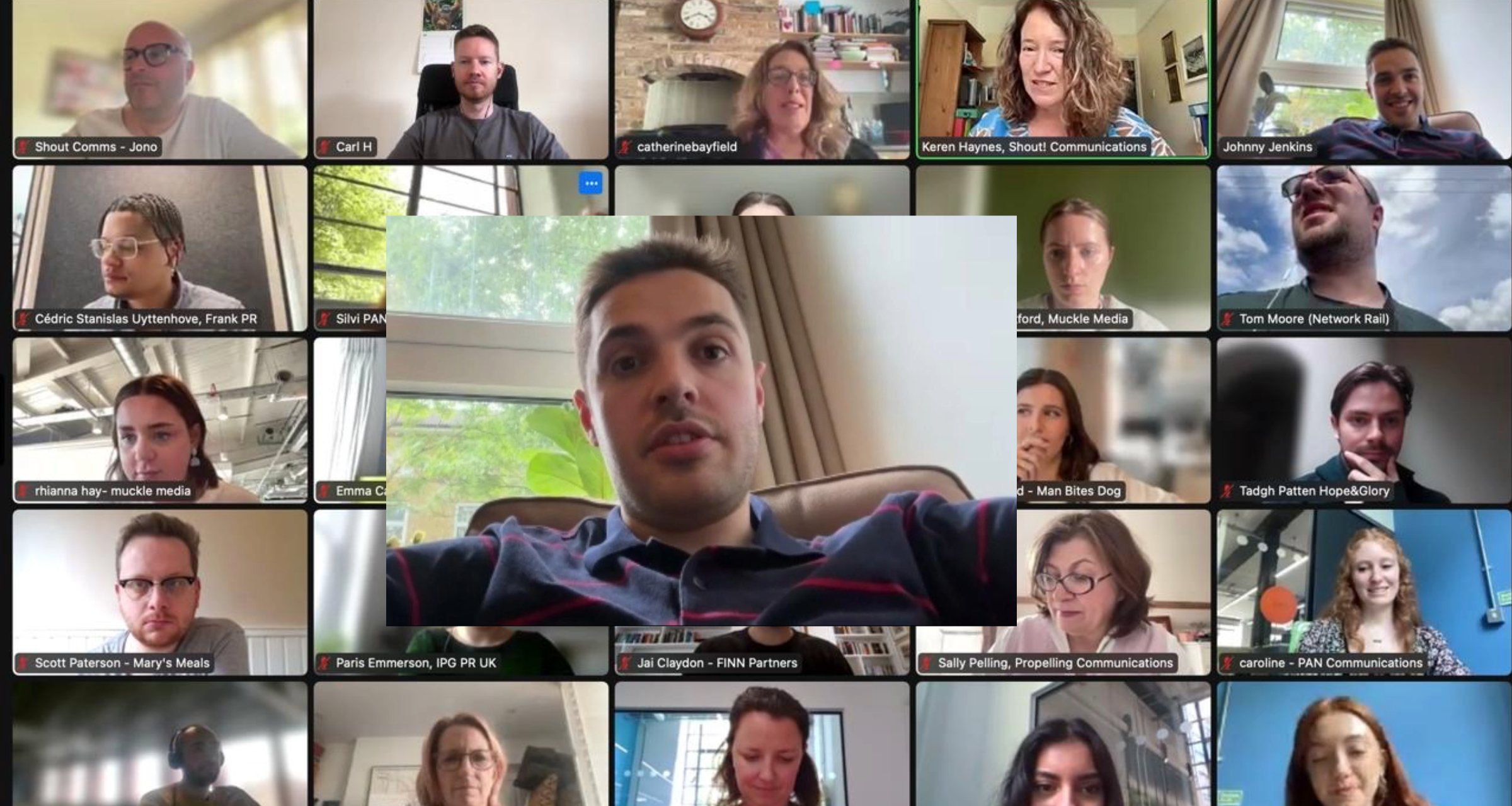What makes a good broadcast news story? Dog bites man– sadly unless it is an horrific attack won’t be of interest. Man bites dog and suddenly it’s a story – a subtle but important difference!
To resonate with a mass broadcast a story needs to really stick in your mind. Can you envisage telling your friends about it, discussing with colleagues or your partner and them being genuinely interested in hearing more about it?
As I write this, there are two stories which fit into that category: the Lionesses reaching the final of the Women’s Football World Cup and the conclusion of the Lucy Letby babies murder trial. They’re both sensational in their very different ways but these aren’t PR generated stories, so you need to work harder to come up with compelling angles and headlines.
Obtaining widespread media coverage is the goal of any broadcast PR campaign. That said, some stories tend to land better than others. For TV it often comes down to great pictures and for radio talkability. National and regional broadcasters are always looking for a broadcast PR story that offers something a little bit different. Let’s face it, the news agenda over the past couple of years hasn’t exactly been positive with the cost of living crisis and implications of climate change, for example. So anything quirky or fun that offers that talkability factor makes a story more attractive to broadcasters. In this post, we’ll share broadcast news story ideas to inspire your next big story.
Determining the angle and audience
The first question is who do you want to reach? Whoever they are, this is your target audience. Typically, they are your customers or clients, and you should have a good idea of who they are demographically.
Are they male or female? How old are they? Are you looking to target a regional or national audience or is your focus on hyper local? It’s possible to reach that demographic but it means creating a story that appeals to the media outlets where your target audience are.
Not every story suits every broadcaster. BBC regional radio for example attracts an older audience than commercial stations. Heart Breakfast meanwhile is the complete opposite to Radio 4’s Today Programme.
What do you want to achieve?
Having reached your chosen audience you need to decide what you want to tell them. What is the call to action? Is it as simple as directing listeners to a website or is it a particular key message?
At the beginning of a campaign, we ask our clients which two elements of a campaign are most important to them. Those elements include: audience reach, number of PR media opportunities, the number of key messages communicated and the quality of the opportunities.
Top tips for a good broadcast news story
First of all think like a journalist. Print, broadcast or online, the principles are similar. Journalists want a strong top line. That means the story summed up in a sentence. A cynical broadcaster may say there’s no such thing as an original story, but you need at least a new twist on an old story!
It may sound obvious but make sure you’ve watched or listened to the shows you’re pitching to and are aware of the sorts of topics they’re interested in. One story won’t fit all, and you’ll need to be judicious in who you contact. For a story to resonate with broadcasters it needs to dovetail with online and print. If it has appeared somewhere first- unless you can offer an alternative angle or comment, they won’t take it.
Brainstorming your way on air
But constantly coming up with new and creative media angles and broadcast news story ideas can be challenging which is why brainstorming is a great way to get the creative juices flowing and a good starting point.
Brainstorming is a popular strategy and allows brands and organisations to come up with story ideas and media angles. By media angles we mean a hook or a headline which will persuade the broadcaster to cover your story.
More typically the brainstorm is to come up with topics which would work well for research-based stories. There is no such thing as a bad idea – even the wild ones can work. Ideas that at first seem silly can spark a great one. Make a list of objectives that you want to achieve, who you want to reach, key messages and get as many of your team to brainstorm as you can as you need people to bounce ideas off.
Once you’ve come up with the killer news story idea, the next step is to create a headline. This typically won’t be seen or heard on air its more about attracting attention.
A good broadcast news story idea starts with the headline – if you have the headline, you can write the first paragraph and then that makes writing the whole story easier. It needs to tell the entire story, so you know what it is about without any other detail and be shorter than the old Twitter limit so around 50 characters.
Then you can start formulating questions with responses that will create come good content.
Other elements to consider
Case studies too are important in addition to a great spokesperson – ideally not a corporate or brand voice– but a third party who can take the commercial sting out of a story and also help to humanise the campaign, make it feel relevant to broadcasters and help the listener or viewer understand the impact you want your story to have.
In an era where there is so much competition from rival broadcasters and platforms, regional broadcast teams need to utilise their local USP as much as possible. By offering regional case studies and making local spokespeople readily available, your story stands a much better chance of ‘landing’ across a broad range of broadcasters. You’re taking the hard work out of sourcing guests. With great local content available so easily, how could they resist?
Fully fledged story
When pitching to broadcast media, it’s vital that you present planners and producers with a fully formed idea of what the story will look or sound like, and how it’s relevant to their audience. If you make their job easier, and they’re more likely to cover it. For TV this is providing compelling pictures – we know that if a producer is offered two similar stories and one has good visuals they’ll take it. Providing b-roll (6 to 8 minutes of roughly edited video footage that illustrates a PR generated story which can be re-edited by the broadcaster, and possibly mixed and matched with footage they’ve shot themselves) is also going to ensure your story is going to be picked up.
Broadcast news story ideas
Here’s a list of some of the different types of traditional and unique broadcast news story ideas which secured great coverage for our clients and why they landed…
Always topical
Tapping into local issues that get people mad is always going to be a winning news story idea for broadcasters. One perennial topic is potholes, and this topic is covered by broadcasters each year with the publication of the Asphalt Industry Alliance – Local Authority Road Maintenance survey. In England and Wales a pothole is filled every 19 seconds and the state of our roads is poor with quick fixes rather than long term solutions. We’re always looking for a new twist on potholes and this survey always delivers. Now in its 27th year ALARM represents a report card on the state of local roads – which make up 98% of the road network on which we all rely. A credible survey is also critical. The survey is widely respected throughout industry and local and national government as the most authoritative and comprehensive study into local road maintenance funding and conditions

Unsplashed.com
Something quirky
Broadcasters love media relations campaigns that spark conversations between on-air teams and audiences. As a nation, we enjoy nothing more than highlighting our Britishness and what could be more British than knitting hats for letterboxes? Throw in some cucumber sandwiches with a cup of earl grey, and the stiff upper lip would have a field day. Plus, in a digital world where audiences now consume online content almost as much as traditional methods, broadcasters are focused on utilising social media platforms to drive audience engagement. The bold and colourful pictures that accompanied this broadcast PR new story idea made it very easy for them to achieve this and allowed for successful TV media relations opportunities with Channel 5, GMB and ITV animating them on screen.
Consumer Research
This campaign for desk top e-mail experts Mailbird was about email etiquette. In particular it looked at the dos and don’ts of e-mailing at work. The research found more than a quarter of adults have landed themselves in hot water after sending a ‘strongly worded’ business email. As a result of this, one in five of them received a telling off from the boss. One in ten were forced to write an apology. |It resonated with broadcasters as it had the all important ‘ talkability’ With so many of us including journalists working in a hybrid way the boundaries between office and home life are sometimes skewed. So many of us have fallen victim to hitting the send button and then realising what we’ve done…. The backbone of the campaign was a survey reflecting this “new norm”, reminding workers about email etiquette. In addition to the research findings we recommended that Mailbird, as an authority on e-mails, should produce best practice rules for business communication. These were used extensively by broadcasters during interviews.
Human interest Story
Hearing the news that your child is going to die has to be any parent’s worst nightmare. To find that you’re also lacking support at this dreadful time makes a terrible situation much worse. Our campaign for the charity Together for Short Lives highlighted the number of critically ill children and their families who struggle to access end of life care at home, outside normal working hours. Their report showed that those living in parts of the North West, West Yorkshire, the Black Country and West Birmingham particularly, are finding it difficult to obtain palliative care. We aimed for widespread coverage, by targeting national and regional radio and television. In particular, focus was placed on the areas, topped by Great Manchester, that had the most cases of children with life-limiting conditions. Obviously this is a hugely sensitive topic especially as case studies involved parents who had already lost a child but this element made the news story idea compelling for broadcasters.
Someone Amazing
There’s no magic formula for picking a media spokesperson, but sometimes it pays off to dream big and this can be the difference between securing decent coverage or fantastic pick up. The story was newsworthy – research from the Raspberry Pi Foundation showed parents are re-discovering a passion for science, technology and coding. And it’s all thanks to their children’s homework. The national survey was conducted to mark the Raspberry’s Pi Foundation’s European Astro Pi Challenge. We supported Seven Consultancy and suggested something which we didn’t dare dream would ever be possible – but it transpired it was. We were discussing potential spokespeople and joked with them that Major Tim Peake would be amazing. After a few months of radio silence (we presumed it was a no!) we heard that Major Tim would be delighted to oblige.

It turned out he accompanied the two original Astro Pi computers to the International Space Station. That meant he’d seen first-hand experiments by children running on the space station as well as their messages and digital images. Our strategy was to offer interviews with Major Tim nationally to TV and Radio and then dip down to BBC Regional/local stations for Raspberry Pi also wanted to be interviewed alongside Sir Tim, to ensure their key STEM messages were being communicated.
Need some help?
Most stories can be tailored to become broadcast PR friendly; If you are interested in finding out more about broadcast media relations, contact us today and allow us to help you create the next perfect broadcast PR story. We can also support you with brain storming broadcast news story ideas and commissioning research.




